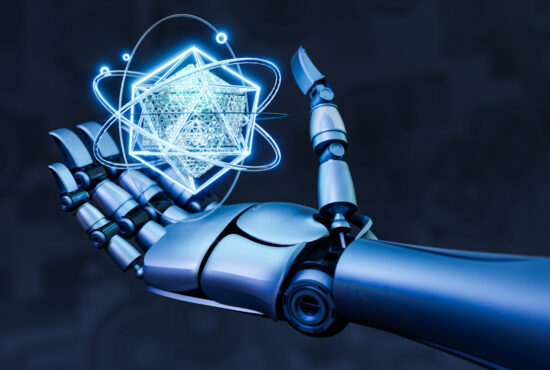Technology has advanced rapidly in the last decade, particularly in the field of robotics. Sweeping robots patrol our living rooms; interactive robots accompany our children; industrial robots assemble vehicles; rescue robots search for and save lives in disasters; and medical robots perform surgeries in hospitals are all examples of how robots are changing our lives. In fact, top tech companies are constantly competing to change how robotics is implemented in people’s daily lives, paving the way for a truly exciting future.
Consumer electronics and the electric vehicle industry have contributed to the creation of millions of new jobs in the robotics industry over the last decade, and by 2025, robotics will be worth $100 billion, equal to the tourism industry. For example, thanks to advancements in rehab/therapy robots, active prostheses, exoskeletons, and wearable robotics, the rehabilitation robot market grew tenfold between 2010 and 2016.
In short, robotics will become critical components in a variety of applications over the next decade, and robots combined with AI will be able to perform complex actions while learning from humans, propelling the intelligent automation phenomenon. As a result, we attempt to depict the direction and application fields of such an important sector of future markets. Robots have aided people in better understanding and investigating space, as well as making educational innovation more accessible. Some robots have even developed the ability to physically evolve. These new developments are exciting, and despite the concerns of some critics about their ability to become completely self-contained, robotics has made our lives much easier. The advancement of robotic technology is particularly useful and profound in the field of medicine, where precision is required to save patients’ lives. Robotics has advanced to the point where it can now be integrated into human life in a variety of ways. Robots have the potential to reshape the way businesses are run, and they are designed to give businesses more automation capabilities.
Types of robots
Although the concept of robots has been around for a long time, it is only in the last few decades that they have become more complex and useful. Robots now have a wide range of practical applications in a variety of fields.
Some of these types of robots, as discussed in our open step on robot applications, include:
- Industrial. The most common application of robots is in simple, repetitive industrial tasks. Assembly line processes, picking and packing, welding, and other similar functions are examples. They are dependable, accurate, and quick.
- Military. Military forces all over the world now use robots in areas like UAVs (Unmanned Aerial Vehicles), UGVs (Unmanned Ground Vehicles), triage, and surveillance, thanks to recent developments.
- Service. The personal service industry is one of the fastest-growing sectors in robotics. Manual tasks such as food dispensing and cleaning are examples of applications.
- Exploration. Robots are frequently used to access hostile or otherwise inaccessible areas. Space exploration, such as the Curiosity Rover on Mars, is a good example of exploratory robots.
- Hazardous conditions. Again, certain environments, such as disaster zones, high-radiation areas, and extreme environments, can be hazardous to humans.
- Medical. Medtech robots are being used in a variety of ways in the healthcare industry. Whether it’s assisting with surgery, rehabilitation, or physiotherapy, or managing laboratory specimens.
- Entertainment. People are increasingly purchasing robots for entertainment (especially during the pandemic). There are a variety of popular toy robots, as well as robot restaurants and massive robot statues.
Professional service applications will account for a significant portion of the market, based on demand. Customer behaviour changes have emerged as a major driver of the industry’s growth. For example, in the fields of manufacturing customization and logistics, delivery services and online marketplaces have increased demand for robotics. The recent need to automate an increasing number of food delivery operations has resulted in a rise in robotic methods’ use in these fields. Rovers were developed to transport food orders to customers all over the world as soon as demand and automation were recognised and implemented in the food industry. More companies are using delivery robots, incorporating robotics into various aspects of restaurant operations, and so on. Looking ahead to the future of robotics, this trend is likely to continue and spread to more industries.
“Pizzas will not be delivered by teenagers hoping for a tip,” Stowe Boyd, lead researcher for GigaOM Research, predicted. Because so many people will lose their jobs to ‘bots,’ food will be raised by robotic vehicles, even in small plot urban farms, which will become the norm. A battery of Watson-grade AIs will review your X-rays, and humans will only be called in if the machines disagree.“
CONCLUSION
Technologies are gradually moving away from replacing manual labour and toward making existing manufacturing processes more efficient. Waste recycling processes will be optimised in response to consumer demand for environmentally friendly manufacturing, and more complex solutions for “intelligent” sorting and distribution of recyclable materials and industrial waste will emerge. We must keep in mind that there is already a scarcity of manual labour on the market, and that in a number of complex spheres where operational repeatability is low, technological solutions such as AI are required.
